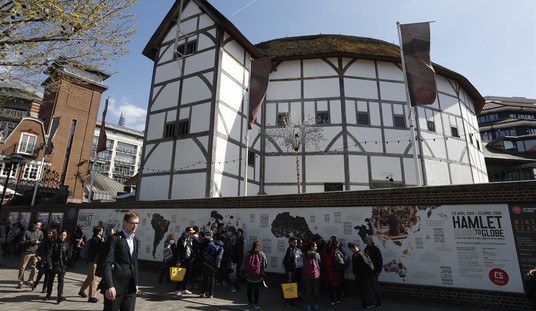Guests travel to Walt Disney World seeking the ultimate vacation experience, and Disney continues to develop new ways to deliver the best possible vacation. The company has invested over a billion dollars in their MyMagic+ system, which employs wearable technology and RFID (radio frequency identification) chips to fine tune and customize guests’ experiences. Disney has high hopes for MyMagic+, but so far many guests aren’t sold on the idea.
A recent MSN Money profile on MyMagic+ reveals the technology behind this new system, Disney’s expectations for the program, and guests’ decidedly mixed reviews.
It’s a sweeping reservation and ride planning system that allows for bookings months in advance on a website or smartphone app. Bracelets called MagicBands, which link electronically to an encrypted database of visitor information, serve as admission tickets, hotel keys, and credit or debit cards; a tap against a sensor pays for food or trinkets. The bands have radio frequency identification (RFID) chips — which critics derisively call spychips because of their ability to monitor people and things.
That tracking power also is what makes them so important for Disney’s $14.1 billion theme park and resort business. Intelligence collected using the bands coupled with what visitors input into the related My Disney Experience app and website — all voluntary — help Disney determine when to add more staff at rides, what restaurants should serve, which souvenirs should be stocked, and how many employees in costume should roam around at any given time. Data about customer preferences could be used to craft e-mails or text messages alerting them to restaurant menu changes or sudden openings for reservations in an expedited queue at Space Mountain or the Twilight Zone Tower of Terror.
The goal is to offer people what Tom Staggs, head of the company’s parks and resorts unit, calls “a more immersive, more seamless, and more personal experience” — allowing Disney employees to address a child by name, for example, or wish someone a happy birthday.
Disney executives have praised the efficiency that MyMagic+ promises, citing an increased capacity over Christmas at the Magic Kingdom. The company touts the options that allow for a more customized experience for families at the resort. And, naturally, cast members like Chief Financial Officer Jay Rasulo have expressed excitement at the expected increase in revenue that MyMagic+ can bring.
However, many guests aren’t so sure that MyMagic+ is such a great improvement. Some have complained that the new system has created longer lines, while others have decried the “big brother” aspects of MyMagic+. Guests have had issues with the room key function of the bands, and others lament the lack of spontaneity that MyMagic+ brings with its emphasis on planning ahead. But the greatest complaints center around the FastPass+, which replaces the original FastPass system in place since 1999.
Under the original FastPass — introduced in 1999 and still used at Disney’s other parks — a visitor could race around to collect more than six paper reservation slips a day at kiosks outside the most popular attractions, show up at a time printed on the slip, and get into a theoretically shorter queue. The new system, while letting guests at Disney hotels book reservations months in advance via the My Disney Experience app and website, limits all visitors’ reserve-ahead slots to three per day. That unleashed a torrent of objections that Disney is limiting the number of reservations guests can make for its most popular attractions, and that the lines are as long as ever.
MyMagic+ is still in its early stages, and needless to say Disney continues to work out the kinks in the system. Disney Parks guests and pretty much the entire travel industry are waiting to see how the new system fares. I’ll keep an eye on the progress of MyMagic+ and FastPass+ and keep you posted.










Join the conversation as a VIP Member